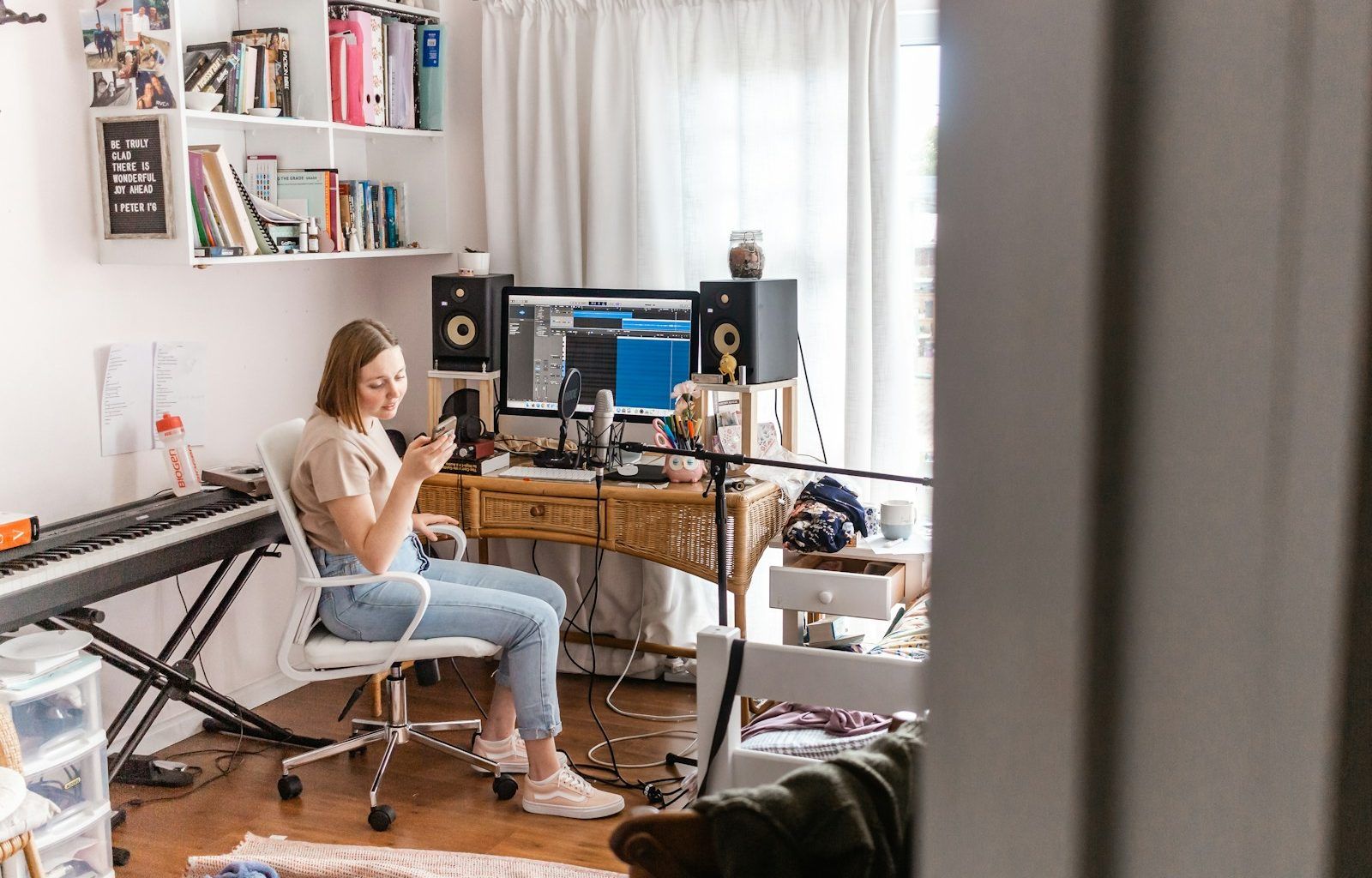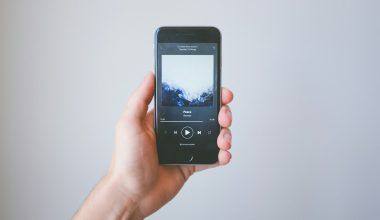If you’ve ever thought about how to create a studio, you’re not alone. Whether it’s for art, music, photography, or any other passion, having your own creative space can be life-changing. But where do you even start? Don’t worry; we’ve got you covered! This guide will walk you through every step of the process, making it easy and enjoyable.
Why Should You Create a Studio?
Before we dive into the “how,” let’s talk about the “why.” A studio isn’t just a room—it’s your personal sanctuary for creativity. Here’s why you might need one:
- Focus: A dedicated studio helps you concentrate without distractions.
- Productivity: Having everything organized in one space can skyrocket your efficiency.
- Inspiration: Being surrounded by tools and ideas that spark creativity can make a huge difference.
- Professionalism: Whether you’re a hobbyist or a professional, a studio elevates your work and shows commitment.
Now that we know why creating a studio matters, let’s break down how to make it happen.
Define Your Purpose
Every great studio starts with a clear purpose. What will you use your studio for? The purpose will guide every decision, from location to equipment.
- Art Studio: You’ll need good lighting, plenty of storage, and maybe an easel or workbench.
- Music Studio: Focus on soundproofing, acoustics, and high-quality audio gear.
- Photography Studio: Think about backdrops, lighting, and camera equipment.
- Home Office Studio: Prioritize ergonomic furniture and tech essentials.
Pro Tip: Write down your goals for the studio. It’s easier to make decisions when you have a clear vision in mind.
Choose the Right Location
Location is key when creating a studio. Whether it’s a spare room, garage, or even a rented space, consider these factors:
- Size: Make sure the area is big enough for your needs.
- Lighting: Natural light is a game-changer for many studios, but artificial lighting can work wonders too.
- Noise Levels: If you need quiet, avoid spaces near busy streets or noisy neighbors.
- Accessibility: Your studio should be easy to reach, especially if you plan to welcome clients.
Example: If you’re setting up a photography studio, a large room with big windows is perfect. For a music studio, a basement might be better due to its natural soundproofing.
Plan Your Layout
Once you’ve chosen the location, it’s time to design the layout. Think about the flow of your work and how you’ll use the space.
Questions to Ask Yourself:
- Where will the main activity happen?
- Do you need separate zones for different tasks?
- How will you organize your tools and equipment?
Tips for Effective Layout:
- Keep it simple: Avoid clutter and leave enough room to move around.
- Use vertical space: Shelves and wall hooks are great for maximizing storage.
- Create stations: For example, an art studio might have a painting zone, a drying rack, and a storage area.
Invest in the Right Equipment
This is where your studio starts coming to life! The equipment you need depends on the purpose of your studio.
Essential Items by Studio Type:
- Art Studio: Easels, paint, brushes, storage cabinets, and a sturdy table.
- Music Studio: Microphones, soundproof panels, mixing equipment, and a comfortable chair.
- Photography Studio: Cameras, tripods, lighting kits, and backdrops.
- Home Office Studio: A desk, ergonomic chair, computer, and reliable internet.
Pro Tip: You don’t need to buy everything at once. Start with the essentials and build your studio over time.
Focus on Lighting and Ambiance
Lighting is one of the most critical elements of any studio. It affects your mood, productivity, and the quality of your work.
Types of Lighting:
- Natural Light: Ideal for art and photography studios. Position your workspace near windows.
- Task Lighting: Use desk lamps or LED strips for focused work.
- Ambient Lighting: Set the mood with soft, warm lighting for relaxation or creativity.
Bonus Tip: Use dimmers or smart lights to control the brightness and color temperature.
Soundproofing (If Needed)
If you’re setting up a music or recording studio, soundproofing is non-negotiable. Even for other types of studios, reducing noise can help you focus.
How to Soundproof Your Studio:
- Add thick rugs or carpets to absorb sound.
- Use acoustic panels or foam on walls and ceilings.
- Seal doors and windows with weather stripping.
- Place furniture strategically to minimize echoes.
DIY Hack: Bookshelves filled with books make excellent sound barriers!
Decorate and Personalize
Your studio should feel like your own. Personal touches make it inspiring and comfortable.
Ideas for Studio Decor:
- Hang artwork, posters, or motivational quotes.
- Use plants to add life and color.
- Choose a color palette that reflects your style and energy.
- Add a cozy chair or beanbag for brainstorming or relaxing.
Pro Tip: Don’t overdo it. Keep decor functional and avoid unnecessary clutter.
Organize and Maintain
A clean and organized studio is a productive studio. Develop a system to keep your space tidy and functional.
Organization Tips:
- Label drawers and storage bins.
- Use pegboards to hang tools or supplies.
- Schedule regular clean-ups to avoid messes piling up.
Remember: Maintenance is ongoing. Spend a few minutes every day putting things back in their place.
Test and Adjust
Once your studio is set up, spend some time using it. Notice what works and what doesn’t.
Things to Look For:
- Are you comfortable while working?
- Is everything easily accessible?
- Do you need more light, storage, or seating?
Don’t be afraid to make changes. A studio evolves over time, just like your creative process.
Celebrate Your Studio!
Congratulations! You’ve just created a studio that reflects your passion and personality. Take a moment to appreciate all the hard work you’ve put in.
Now, invite friends, showcase your work, or simply enjoy the peace and inspiration your new space brings.
Final Thoughts on How to Create a Studio
How to create a studio doesn’t have to be overwhelming. By taking it step by step, you can build a space that supports your creativity and enhances your productivity. Remember, it’s your studio—make it your own!
If you found this guide helpful, share it with someone who’s dreaming of their own studio. Let’s inspire more creativity together!
For further reading, explore these related articles:
- Exploring the Power of Streaming Songs in the Digital World
- Best Hip Hop Albums Ever: A Celebration of Music, Stories, and Culture
For additional resources on music marketing and distribution, visit Deliver My Tune.






